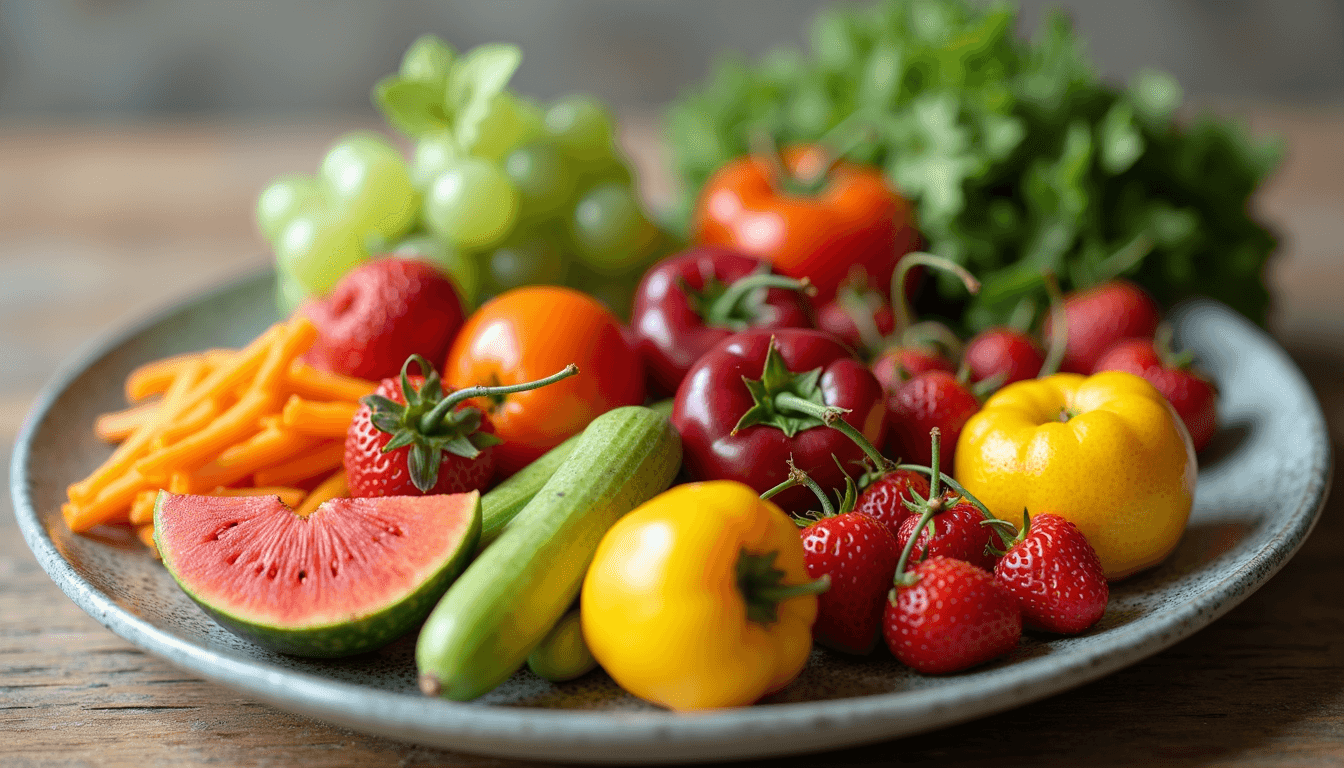The Best Anti-Inflammatory Diet for Fibromyalgia: What to Eat for Less Pain and More Energy
Living with fibromyalgia can be a daily challenge due to its persistent symptoms, including widespread pain, fatigue, and cognitive difficulties. While there is currently no cure for this complex condition, many individuals find that making strategic dietary changes can lead to significant improvement in their symptoms. A well-planned anti-inflammatory diet stands out as a promising approach, aiming to reduce inflammation in the body and enhance overall well-being. In this article, we will dive into the essentials of an anti-inflammatory diet for fibromyalgia, highlighting what to eat for optimal health.
Understanding Inflammation and Fibromyalgia
Inflammation serves as the body's protective response to injury or infection. However, in fibromyalgia and similar conditions, inflammation can become chronic, leading to ongoing pain and discomfort. Studies reveal that up to 70% of people with fibromyalgia exhibit increased levels of inflammatory markers in their bodies. Embracing an anti-inflammatory diet can potentially help reduce these markers and alleviate some symptoms.
This diet emphasizes a variety of whole, nutrient-rich foods while discouraging processed options and unhealthy fats. By focusing on fresh ingredients, you can give your body the nutrients it needs to combat inflammation effectively.
Key Components of an Anti-Inflammatory Diet
Fruits and Vegetables
Fruits and vegetables are vital components of an anti-inflammatory diet. They are bursting with antioxidants, vitamins, and minerals that play a key role in fighting inflammation. For maximum impact, consider these colorful options:
Berries: Blueberries and strawberries have been shown to lower inflammation markers. A study found that regular consumption can reduce inflammation by as much as 20%.
Leafy Greens: Spinach and kale are packed with vitamins A, C, and K, which help to combat oxidative stress.
Cruciferous Vegetables: Broccoli and Brussels sprouts, rich in sulforaphane, may reduce inflammation and provide essential nutrients.
Aim for at least five servings of fruits and vegetables daily; each serving can be roughly the size of your fist.
Healthy Fats
Healthy fats can make a significant difference in your inflammation levels. Foods containing omega-3 fatty acids are especially beneficial. Consider incorporating the following:
Salmon: Eating just two servings of fatty fish each week can provide a substantial dose of omega-3s, improving heart health and reducing inflammation.
Walnuts: A handful (about 1 ounce) can give you over 2.5 grams of omega-3 fatty acids while also being a great snack.
Chia Seeds: Just 1 ounce contains over 5 grams of omega-3s. Sprinkle these tiny seeds on yogurt or salads for an added nutrient boost.
Incorporating sources of healthy fats into your meals can significantly impact your health and inflammation levels.
Whole Grains
Whole grains are a staple in an anti-inflammatory diet. Unlike refined grains, they maintain their fiber-rich bran and germ, aiding in blood sugar regulation and reducing inflammation. Some excellent whole grain options include:
Quinoa: With 8 grams of protein per cooked cup, it's an excellent gluten-free choice.
Brown Rice: This versatile grain provides more nutrients and fiber than its white counterpart.
Oats: Steel-cut oats are a hearty, filling breakfast option that stabilizes blood sugar levels.
Switching to whole grains can support digestive health and provide sustained energy throughout the day.
Lean Proteins
The type of protein you consume matters for managing inflammation. Opt for lean sources such as:
Chicken: Skinless chicken provides a low-fat protein option, helping maintain muscle health.
Legumes: Beans and lentils are not only rich in protein but also high in fiber, contributing to gut health.
Tofu: This versatile plant-based protein can be grilled, stir-fried, or blended into smoothies.
Including a variety of lean proteins in your diet can enrich your meals with essential nutrients.

Foods to Avoid
Being aware of foods that trigger inflammation is just as important as knowing what to eat. Here are common offenders to minimize:
Processed Foods: High in sugar and preservatives, these can trigger inflammation levels and lead to weight gain.
Refined Carbohydrates: Foods like white bread and sugary cereals can spike blood sugar levels, increasing the risk of inflammation.
Excessive Alcohol: Limit alcohol intake, as it can lead to an increase in inflammation markers in the body.
By reducing these foods, you can promote a healthier diet and potentially alleviate some symptoms of fibromyalgia.
Meal Ideas for an Anti-Inflammatory Diet
To help you implement an anti-inflammatory diet, here are some easy meal suggestions:
Breakfast
Overnight Oats: Combine rolled oats with unsweetened almond milk, chia seeds, and berries for a nutritious start.
Smoothie Bowl: Blend spinach, banana, and almond milk. Top it with walnuts and mixed berries for added crunch.
Lunch
Quinoa Salad: Pair cooked quinoa with chopped tomatoes, cucumbers, and avocado, drizzled with olive oil for flavor and nutrients.
Lentil Soup: Prepare a chunky soup using lentils, carrots, celery, and herbs for a wholesome, hearty meal.
Dinner
Baked Salmon: Serve with roasted broccoli and brown rice for a well-rounded meal.
Stir-Fried Tofu: Sauté tofu with bell peppers and snap peas, and serve over cooked quinoa for a satisfying dinner.

A Healthier Future Awaits
Adopting an anti-inflammatory diet can be a game-changer for managing fibromyalgia symptoms. By focusing on fresh, whole foods and steering clear of processed items, you can help diminish inflammation, relieve pain, and enhance your daily energy levels. Remember, dietary changes take time, so be patient with your journey. Consult with a healthcare professional to customize a plan that suits your needs. With the right mindset and guidance, you can pave the way to improved health and a better quality of life.

Trending










